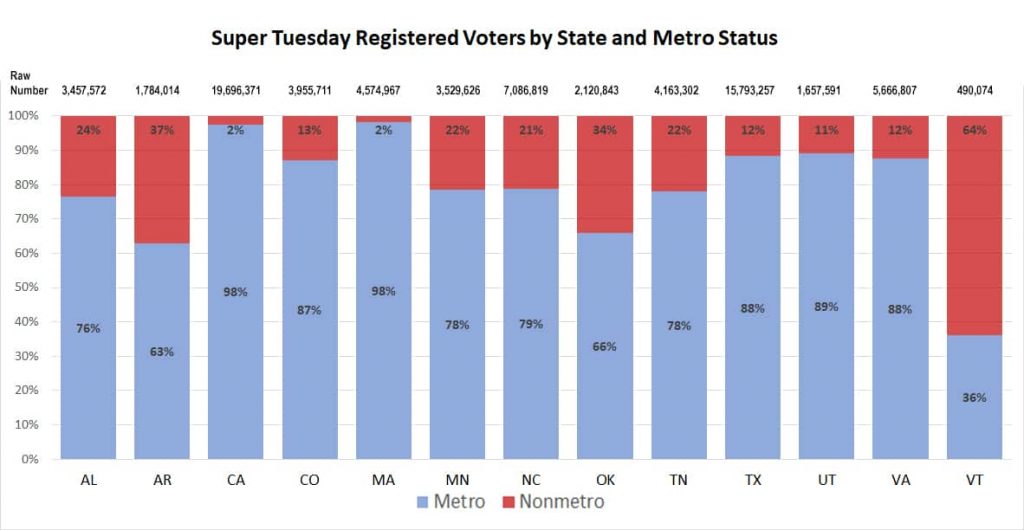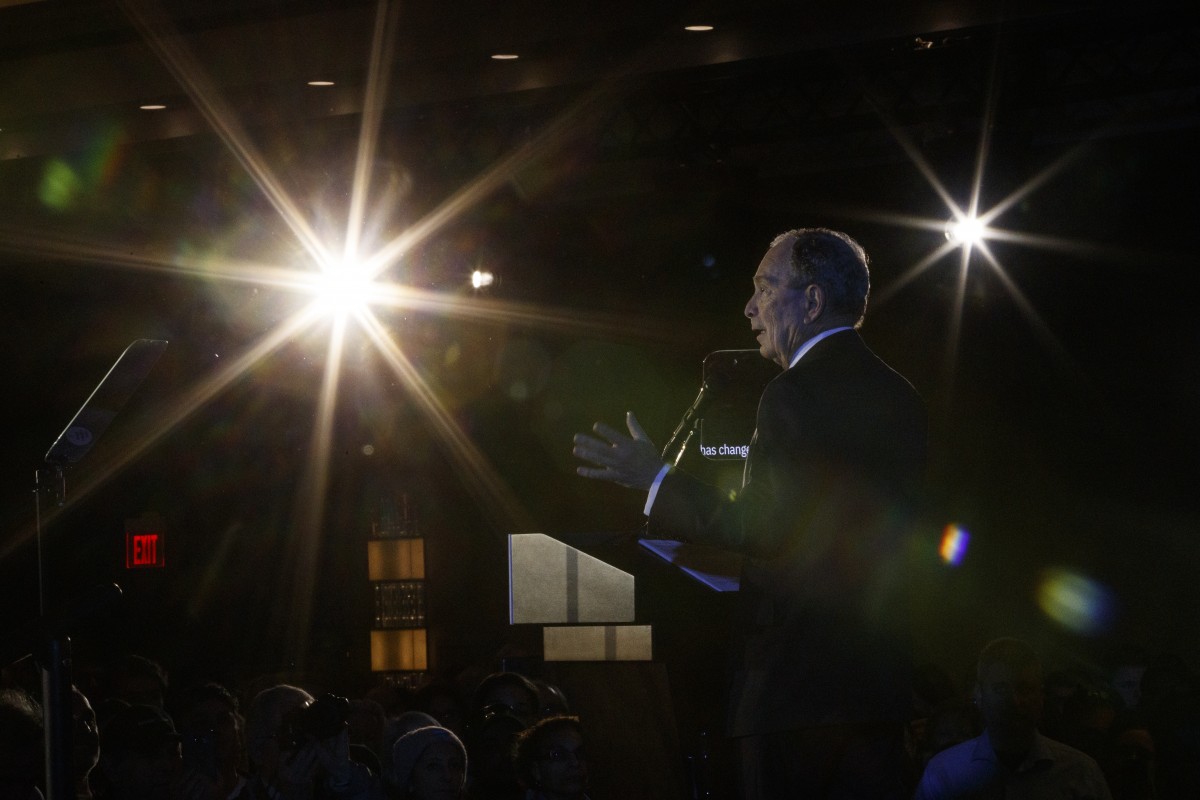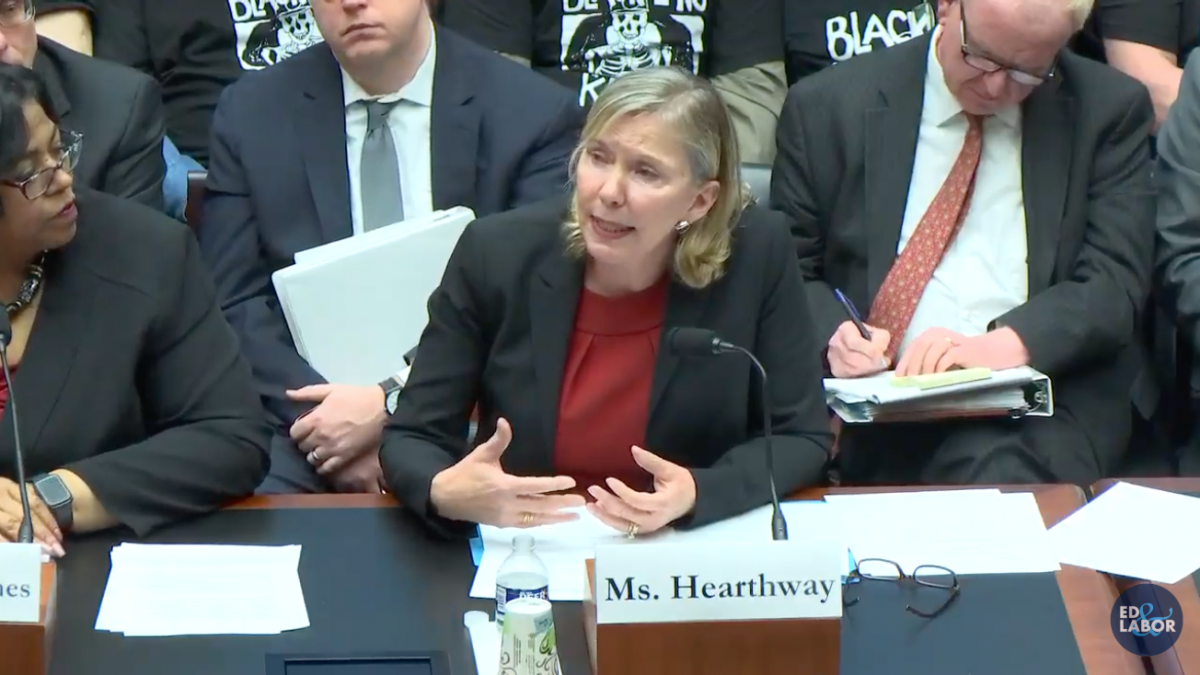Rural voters will be a bit underrepresented in Tuesday’s multi-state contest, thanks to some major cities like Los Angeles and Dallas. But eight of the 14 states voting Tuesday have an above average number of rural registered voters.
Super Tuesday’s primaries include the two states with the nation’s largest percentage of rural residents. But overall, rural voters will be a bit underrepresented in the contest March 3.
Maine and Vermont, which are part of Tuesday’s primary races, are extraordinarily rural by national standards. About two-thirds of each state’s voters live in nonmetropolitan counties. That’s more than four times the national rate of 15 percent. (We don’t have Maine registered voters for the chart above; 2016 turnout was about two-thirds nonmetro.)

But Maine and Vermont make up only about 5 percent of people who could vote on Tuesday. Combined, they have about 3.6 million registered voters.
California alone has nearly 20 million registered voters. And only 2 percent of those voters live in nonmetropolitan counties, according to David Leip’s election atlas.
Besides Vermont and Maine, Super Tuesday states with above-average numbers of rural voters are Alabama, 24 percent; Arkansas, 37 percent; Minnesota, 22 percent; North Carolina, 22 percent; Oklahoma, 34 percent; and Tennessee, 22 percent.
If anything, Super Tuesday voters will skew toward the central counties of the nation’s largest metropolitan areas. Look at the cities in Super Tuesday states, and it’s easy to see why.
Half of the nation’s 10 largest metros will be voting: Los Angeles, Dallas-Forth Worth, Houston, Atlanta, and Boston. The Virginia portion of the Washington, D.C., metro (also in the top 10) will also be voting.

That’s not to say rural voters won’t have an impact. It’s the Democratic primary that matters this year, since President Donald Trump faces no serious opposition. In a large Democratic field, smaller margins will matter. And that’s exactly when blocs of voters like the rural electorate could make a difference. We’ll soon see.
This article was originally published by the Daily Yonder.



